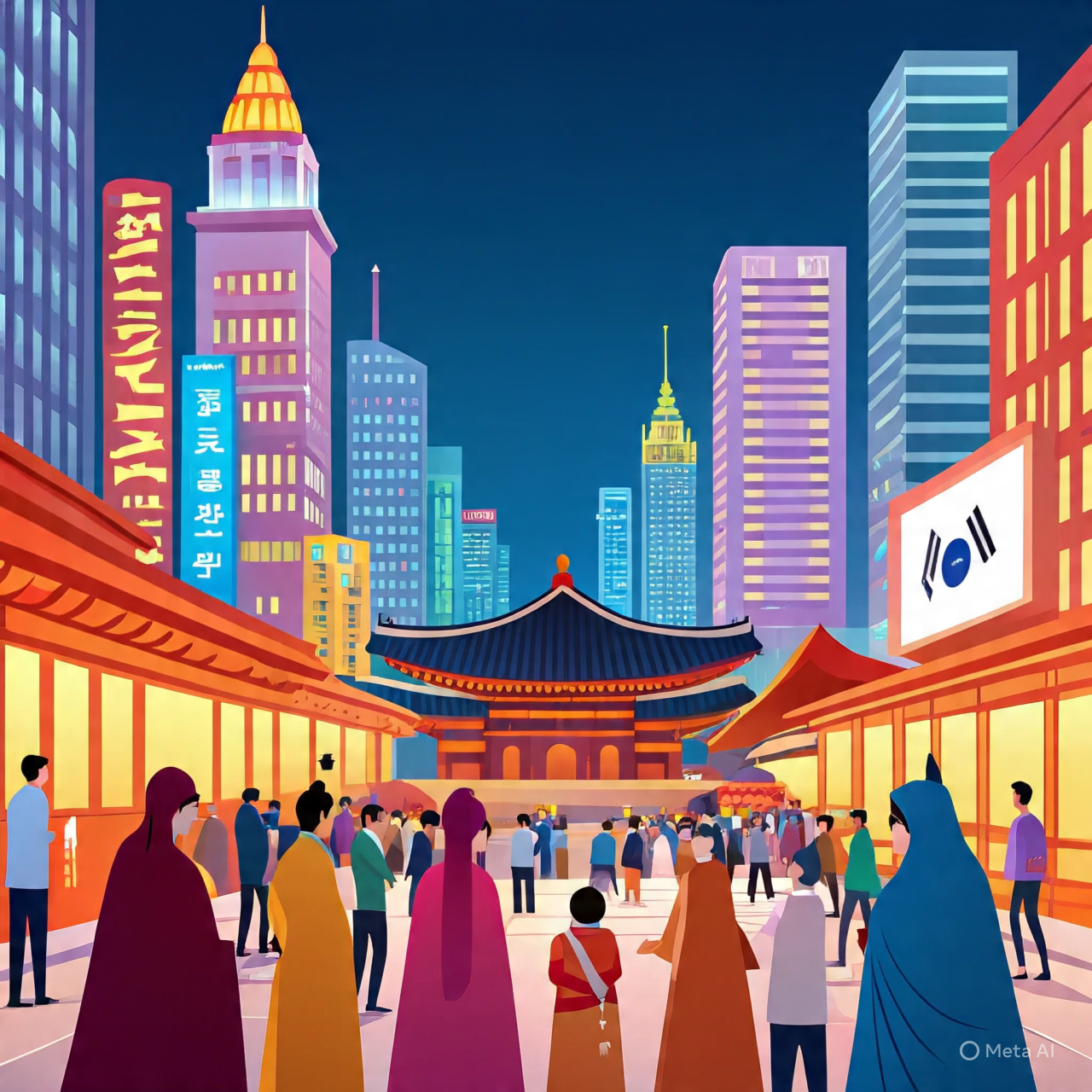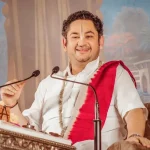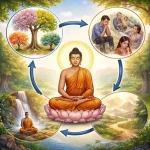✨ Faith in Flux: The Changing Religious Landscape of South Korea
By Religion World Features Desk
(Seoul, South Korea — 2025)
🌄 A Land Where Tradition Meets Tomorrow
In South Korea, spirituality lives in unexpected places — from neon-lit cathedrals in Seoul’s Gangnam district to quiet mountain temples echoing with the sound of monks’ chants. Religion here is not a static monument; it’s a living, breathing current of belief that shifts with every generation.
South Korea’s faith story is both ancient and astonishingly modern — a delicate balance between ancestral rites and smartphone sermons.
🪶 The Ancient Roots: Spirits, Shamans, and Mountain Gods
Long before the arrival of Buddhism or Christianity, the Korean peninsula pulsed with shamanic energy. Known locally as Muism or Mugyo, these indigenous beliefs centered on nature spirits, ancestral guidance, and powerful shamans (mudang) who mediated between the seen and unseen.
Even today, amid Seoul’s skyscrapers, one can still find a gut — a traditional ritual of drumming, dancing, and offerings — performed for luck, health, or business success. Far from vanishing, shamanism has adapted, blending effortlessly with modern life and other religions.
“Koreans don’t abandon old faiths — they absorb new ones,” says Prof. Kim Hye-Jin of Yonsei University. “That’s the beauty of our spiritual DNA.”
🕉️ The Arrival of Buddhism
Buddhism arrived from China in the 4th century CE and quickly became a cornerstone of Korean civilization. Under the Silla and Goryeo dynasties, temples blossomed across the land, artists carved serene Buddhas into granite cliffs, and monks shaped philosophy and education.
Even during the Confucian-dominated Joseon era (1392–1910), Buddhism endured — retreating into mountains, preserving Korea’s quiet spiritual heart.
Today, roughly 15–17 percent of South Koreans identify as Buddhist. The Jogye Order — the nation’s largest — remains a spiritual powerhouse, offering meditation programs, temple stays, and moral guidance for a society racing through modernity.
📜 The Confucian Code: Ritual and Respect
If Buddhism nurtured Korea’s inner life, Confucianism defined its social one. Imported from China around the same time, it took firm hold during the Joseon dynasty, shaping law, family, and governance.
Confucianism isn’t a religion in the Western sense — there are no gods to pray to — but it functions as a moral and social compass. Its values of filial piety, hierarchy, and ritual propriety still echo in Korean classrooms, workplaces, and homes.
Ancestor worship, too, remains a sacred duty. Every Chuseok (Korean harvest festival), families gather to honor their forebears with offerings of food and gratitude — a ritual as old as the nation itself.
✝️ The Cross and the Miracle of Growth
Few stories rival the rise of Christianity in South Korea. Arriving in the late 18th century — first through scholars, then Western missionaries — Christianity exploded after the Korean War.
By the 1980s, Seoul had become home to some of the largest megachurches on Earth. The Yoido Full Gospel Church, for instance, boasts more than half a million members and a live-streamed Sunday service watched worldwide.
Today, about 29 percent of South Koreans identify as Christian — roughly two-thirds Protestant and one-third Catholic. Christianity’s success is often credited to its community structure, youth programs, and social outreach.
Yet, it’s not without controversy. In recent years, scandals involving political influence and financial mismanagement have prompted soul-searching within the church.
🔮 Old Gods, New Movements
Modern Korea has given birth to a variety of new religious movements — some blending Christianity and shamanism, others offering entirely new revelations.
Faiths like Cheondoism (born from the 19th-century Donghak reform movement) emphasize divine unity and human equality. Meanwhile, minor groups such as Jeung San Do, Won Buddhism, and Daesoon Jinrihoe reinterpret ancient wisdom for a modern audience.
Each reflects Korea’s restless spiritual creativity — a nation that never stops reimagining faith.
🚫 The Rise of the “No Religion” Generation
Despite this rich tapestry, more than half of South Koreans (around 51%) now identify with no religion.
This trend is especially pronounced among youth.
Many young Koreans still seek meaning — through mindfulness, tarot, astrology, or wellness culture — but prefer spirituality without institutions. Sociologists call it “post-religious spirituality.”
As one Seoul university student put it:
“I don’t go to church or temple. I just believe in good energy and self-improvement.”
It’s not atheism; it’s autonomy.
⚖️ Faith, Politics, and Public Life
Religion has long intertwined with Korean politics and civic life. Christian organizations run hospitals and universities; Buddhist monks lead environmental campaigns; shamanic rituals appear at state ceremonies.
But the influence is double-edged. Religious lobbying and conservative politics have sparked debates over secularism and church-state boundaries.
Meanwhile, the rapid decline in membership challenges long-established institutions to modernize or risk irrelevance.
🌏 Korea’s Faith on the Global Stage
South Korea isn’t just a recipient of global faith — it’s now a spiritual exporter.
The country sends tens of thousands of Christian missionaries abroad every year, second only to the United States.
Buddhist temple stays and Seon (Zen) retreats attract international tourists. Korean monks and meditation teachers are gaining global followers, while K-culture introduces elements of spirituality through film, music, and art.
Faith, in Korea’s hands, has gone global — dynamic, youthful, and distinctly Korean.
🕊️ The Future of Faith in Korea
As South Korea stands at the crossroads of tradition and transformation, its religious future remains open.
Will the next generation rediscover temple bells or continue to chart their own path of spirituality without boundaries?
What seems certain is that the Korean approach — pragmatic, inclusive, and adaptable — will continue to evolve.
In the land of morning calm, faith remains in motion.
📚 Quick Facts: Religion in South Korea (2025)
| Religion | Population Share | Notable Institutions |
|---|---|---|
| Protestant Christianity | ~20 % | Yoido Full Gospel Church, SaRang Community Church |
| Catholicism | ~11 % | Archdiocese of Seoul, Myeongdong Cathedral |
| Buddhism | ~17 % | Jogye Order, Haeinsa & Bulguksa Temples |
| No Religion | ~51 % | — |
| Others (Cheondoism, Won Buddhism, Islam, etc.) | ~1 % | Cheondogyo Central Temple, Seoul Central Mosque |
🪷 In One Line
South Korea’s soul is neither fully secular nor strictly sacred — it’s a mosaic of ancient mountain gods, neon crosses, and silent monks, all coexisting in a country that never stops reinventing itself.









